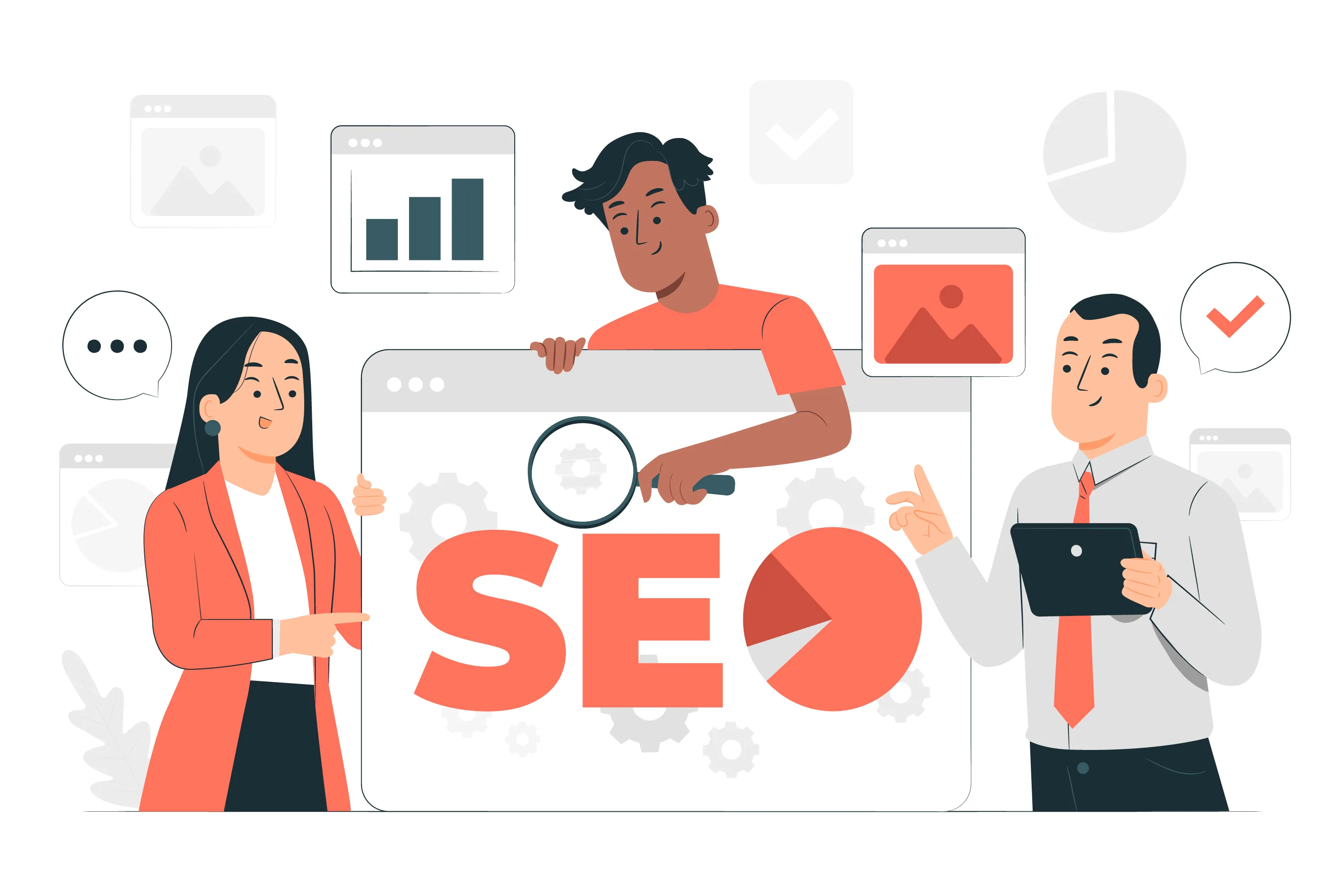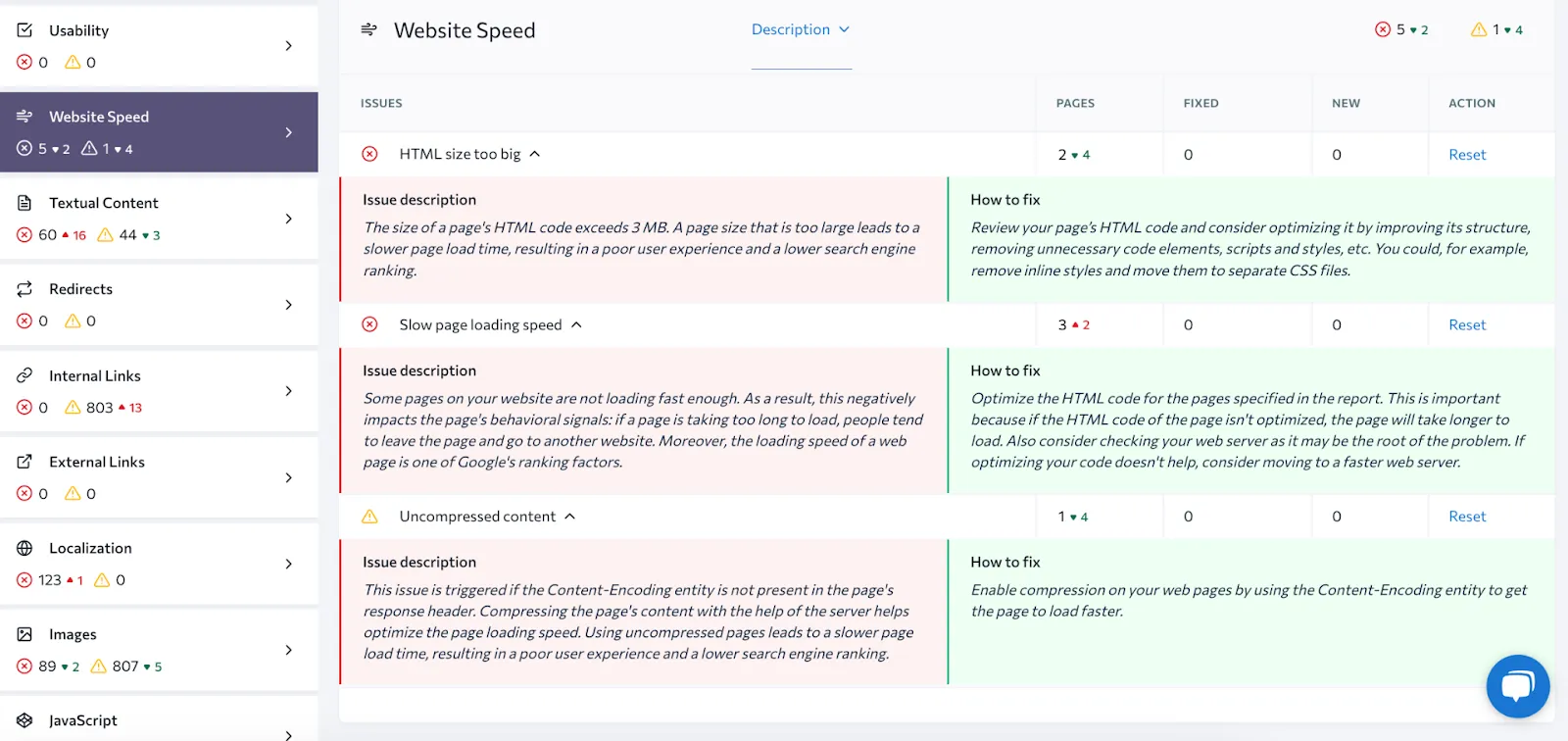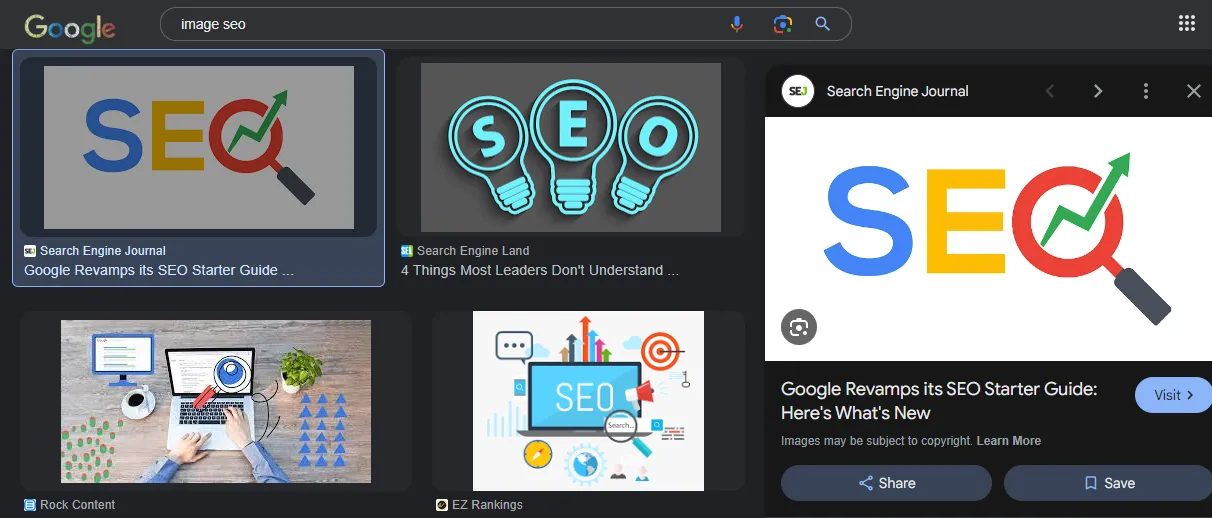4 SEO Tips To Create A Better Customer Experience

About 49% of customers who ditched their favorite brand in the last 12 months blamed bad customer experience.
That's unsurprising, given that customers now expect the best treatment and will not hesitate to switch to competitors if necessary. To avoid that, most business owners employ strategies such as creating a responsive customer support team.
However, customer experience is not all about customer support.
Your website's SEO also determines if users will have a wholesome experience and stay loyal to your brand or bounce immediately when they land on your page. You definitely want the former.
In this article, we'll discuss 4 proven SEO tips for improving your customer experience and creating an enjoyable journey for your website users.
1. Create Good Content
Heidi Cohen defines content as “high-quality, useful information that conveys a story presented in a contextually relevant manner with the goal of soliciting an emotion or engagement.”
While we agree with this definition, it's important to note that not all content on the Internet is high-quality or valuable. In fact, only a negligible fraction of the millions of blog posts published on the Internet monthly make the cut.
But remember that Google, the leading search engine, processes over 40,000 searches daily and prioritizes relevancy alongside valuability. To this effect, there are dozens of search algorithms in place filtering out dead-weight content.
So, on the SEO part, good content positions you as a trustworthy and credible source to search engines and increases your chances of popping up higher for relevant queries. You know what bad content does in return – it drops your ranking and damages credibility.
On your customers' end, people need information relevant to their needs and pain points, not a pillar page filled with seemingly unending fluff and ultimate jargon. When you provide this, they will see you as a go-to solution source whenever they have a problem.
In a sentence, any content that lacks substantial value to internet users will barely make the cut, will not rank up or get found organically, and might even be ignored by readers.
To create an optimized and customer-centric content:
-
Conduct comprehensive keyword research.
-
Ensure you understand your audience before jumping into the writing aspect.
- Create a standard guideline for quality output.
- Focus on what your customers need, not what you want to say.
- Prioritize readability and simple words.
- Reference reputable sources to back your claims.
- Follow Google's E-E-A-T (Experience, Expertise, Authoritativeness, and Trustworthiness) guidelines.
- Edit and occasionally update content with accurate data.
For the technical aspects of good content, work on your meta title and description. Meta title tells search engines what the article is all about and has a direct influence on ranking.
On the other hand, a meta description serves as a mini snippet that tells your readers or customers what a particular page is all about before they open it. This saves their time and helps them decide if a piece of content is relevant or if they should skip to the next.
To get optimal results, keep these in mind:
-
Find out which articles lack title tags and meta descriptions by using an SEO audit tool.
-
Meta titles should be less than 60 characters (not words). That's almost the maximum readers can see on their screen.
-
Your meta description should give an overview of the entire content within 160 characters.
-
Moderately insert your keywords in both the title and description.
2. Boost Page Loading Speed
83% of internet users want pages to load within three seconds. Beyond that, over 40% will abandon the page and check out other ones. Also, B2B sites with one-second loading time have 3x to 5x more conversions than others.
From these stats, it's obvious that people don't want anything taking their time even if it is valuable. And since average websites take around 2.5 seconds to load, it's important to set your speed benchmark lower, as per the New York City SEO experts.
Now to the fixing part. Many factors affect page speed, and you can figure them out using Google's Page speed Insights tool. For deeper research, take advantage of a website audit by SE Ranking that provides a detailed "check-up" of your website's technical health and detects any issues that can affect its performance, including loading speed. Then, leverage the instructions provided to fix whatever is dragging down your pages. Partnering with an SEO marketing agency can also help optimize your site's performance, ensuring it meets the speed and usability expectations of your audience.

Other things you can do on your end to boost page loading speed and decrease loading time include:
- Using a content delivery network (CDN) like Cloudflare for lightning-fast content accessibility globally.
- Clean code garbage and reduce duplicates.
- Cache your Javascript lines.
It's best to let your web developer handle the technical aspects to avoid breaking your website.
3. Keep Your Website Mobile Friendly And Usable
Mobile-friendliness is one of the many ranking signals considered by search engines like Google and Bing. This is evident from how Google introduced the concept of mobile-friendliness in 2015 and subsequently doubled up on the idea of mobile-first indexing.
To ensure your website is usable on mobile devices, conduct a website audit with above-mentioned tools like SE Ranking. Look out for metrics, such as the usability of your website, mobile friendliness, and every other factor that affects user experience on smartphones, regardless of their screen size.
Then implement the following measures if you haven't:
- Use responsive CSS and fluid grids. This ensures usability on all screens.
- Utilize bigger fonts and uniform typography for mobile screens.
- Make good use of contrast for your call-to-action buttons.
- Allow moderate implementation of white spaces for visibility.
Pagespeed for mobile devices is also crucial. Your website on smartphones should be as fast as on a laptop or any other computer type.
4. Use Images And Videos
Other digestible formats, such as images and videos, do better than textual content. For instance, the brain takes approximately 13 milliseconds to process visuals, 60,000 times faster than it takes to process a text.
Besides the processing speed, most people find it easier to recall information presented in a visual format. Moreover, visual content consumes less time – a valuable asset your customers want you to offer.
In terms of SEO, using images optimized with alt-tag keywords can help you pop up in search results. Check out the of Google's image section to see how this works.

For effective use of images and other types of visuals in boosting customer experience, do these:
- Use infographics. They break down complex topics for easy assimilation and can create link-building opportunities for your website. Win-win.
- Leverage animations and short clips wherever possible.
- Make use of interactive icons, especially in your CTAs.
- Optimize media files with alt tags for visibility on search engines.
- Ensure each image depicts the purpose of your article. It should give customers a glimpse into what the resource is about.
- For ecommerce websites, using a high-quality product image with an underlying product description is paramount.
- Add captions and reference copyrighted media files.
- Minify images.
Your use of images should be moderate as well. No need to stuff your pages with dozens of graphics since they can potentially slow down your page loading speed.
Wrapping Up
Good website SEO is a crucial factor in boosting customer experience. When that is in place, engagement, conversion, and sales become effortless.
To achieve these results, create good content that resonates with your audience and green-check search algorithms. Implement CDN to improve page loading speed and keep your site mobile-friendly.
Lastly, use good graphics to pass your messages faster while optimizing for image SEO.